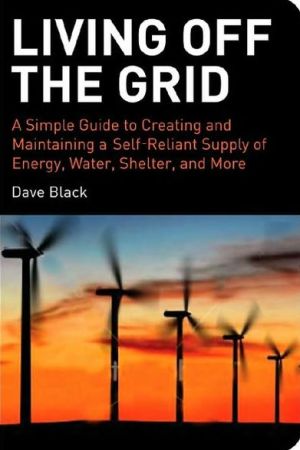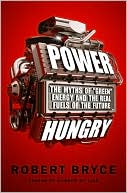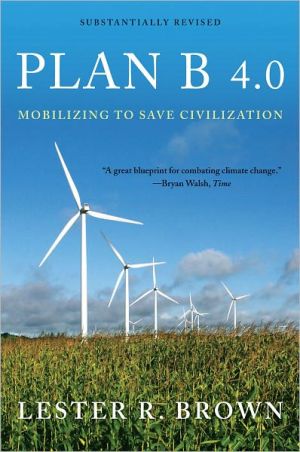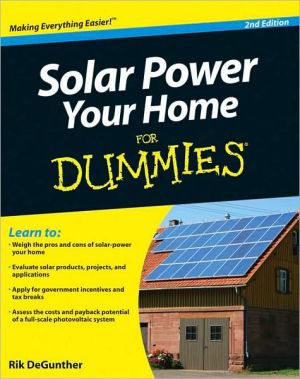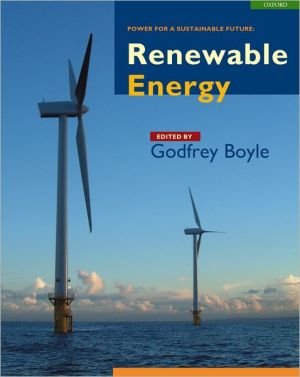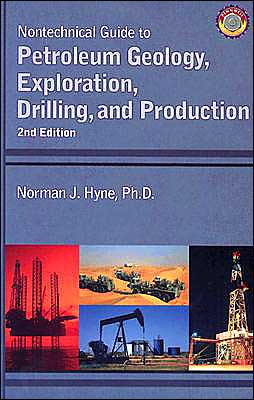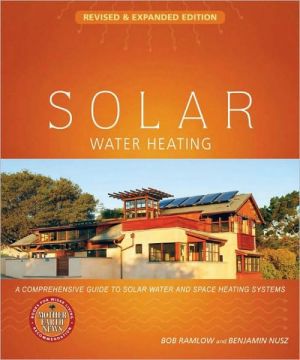Living off the Grid
A how-to handbook to free yourself from the constraints of modern living.\ In daily life, we can take control of the resources and services we depend on. Electricity and energy don’t have to come off the public utility grid—alternatives abound in solar, wind, and water generated power. Design decisions can drastically affect power consumption, and bio-diesel and alternative fuels can help break the oil habit. Dave Black describes alternatives for eco-pimping your home and lifestyle for...
Search in google:
A how-to handbook to free yourself from the constraints of modern living. Eva Lautemann - Library Journal Emergency planning consultant Black (What To Do When the Shit Hits the Fan) defines "living off the grid" as "a state or degree of self-sufficiency with minimal reliance on public utilities, especially the three traditional basics: energy, water, and waste management." His guide for achieving self-sufficiency includes information and suggestions on conservation, shelter, energy, water, waste, and piggybacking off the grid. Some approaches (e.g., wind turbines, solar water heaters, and composting toilets) are more familiar, while others such as straw-clay shelters and biodigestors for converting animal waste into biogas are less conventional. Black also includes case studies of people successfully living off-grid, appendixes on power-system diagrams estimating energy needs, and numerous photographs. Readers should use Black's clearly written nontechnical primer as a starting reference for off-grid living and advance to William H. Kemp's The Renewable Energy Handbook: A Guide to Rural Independence, Off-Grid and Sustainable Living. A good addition for libraries where sustainable living titles are in demand.
\ Library JournalEmergency planning consultant Black (What To Do When the Shit Hits the Fan) defines "living off the grid" as "a state or degree of self-sufficiency with minimal reliance on public utilities, especially the three traditional basics: energy, water, and waste management." His guide for achieving self-sufficiency includes information and suggestions on conservation, shelter, energy, water, waste, and piggybacking off the grid. Some approaches (e.g., wind turbines, solar water heaters, and composting toilets) are more familiar, while others such as straw-clay shelters and biodigestors for converting animal waste into biogas are less conventional. Black also includes case studies of people successfully living off-grid, appendixes on power-system diagrams estimating energy needs, and numerous photographs. Readers should use Black's clearly written nontechnical primer as a starting reference for off-grid living and advance to William H. Kemp's The Renewable Energy Handbook: A Guide to Rural Independence, Off-Grid and Sustainable Living. A good addition for libraries where sustainable living titles are in demand.\ —Eva Lautemann\ \ \
